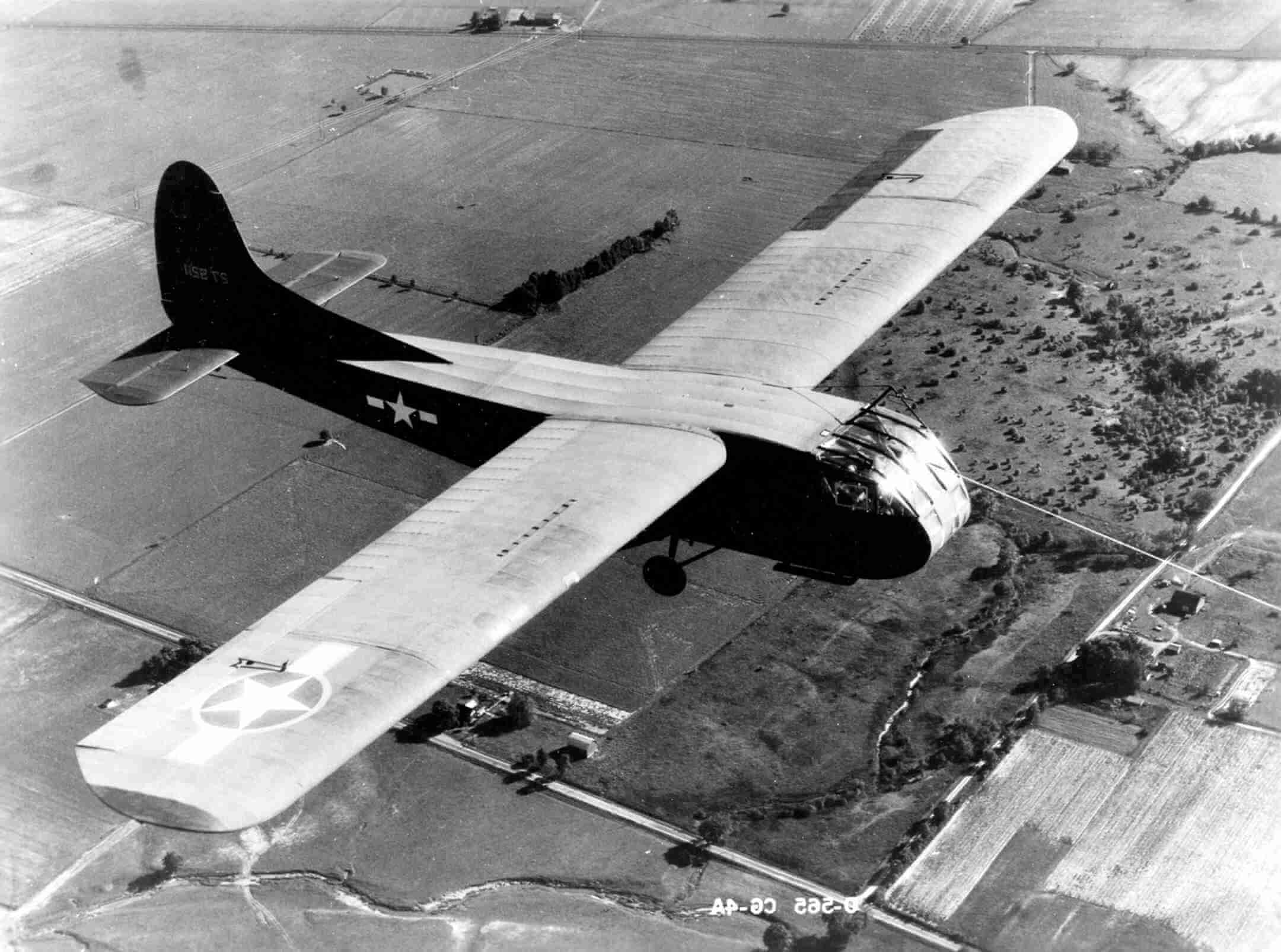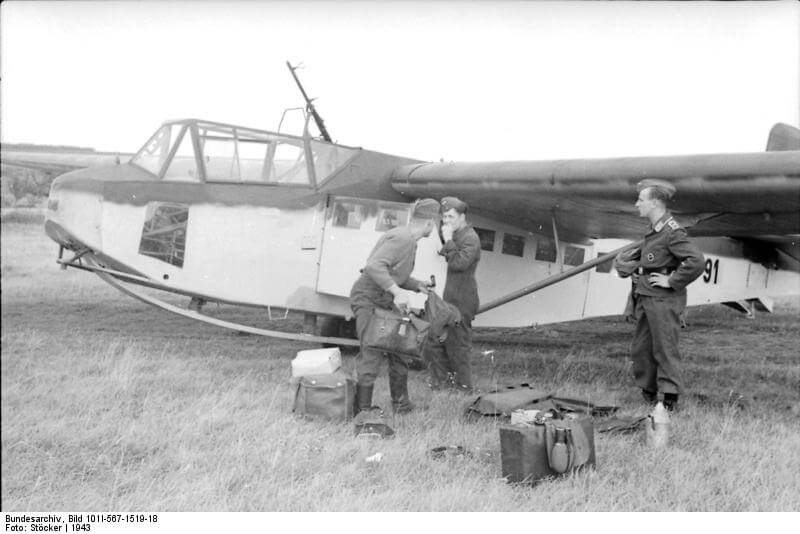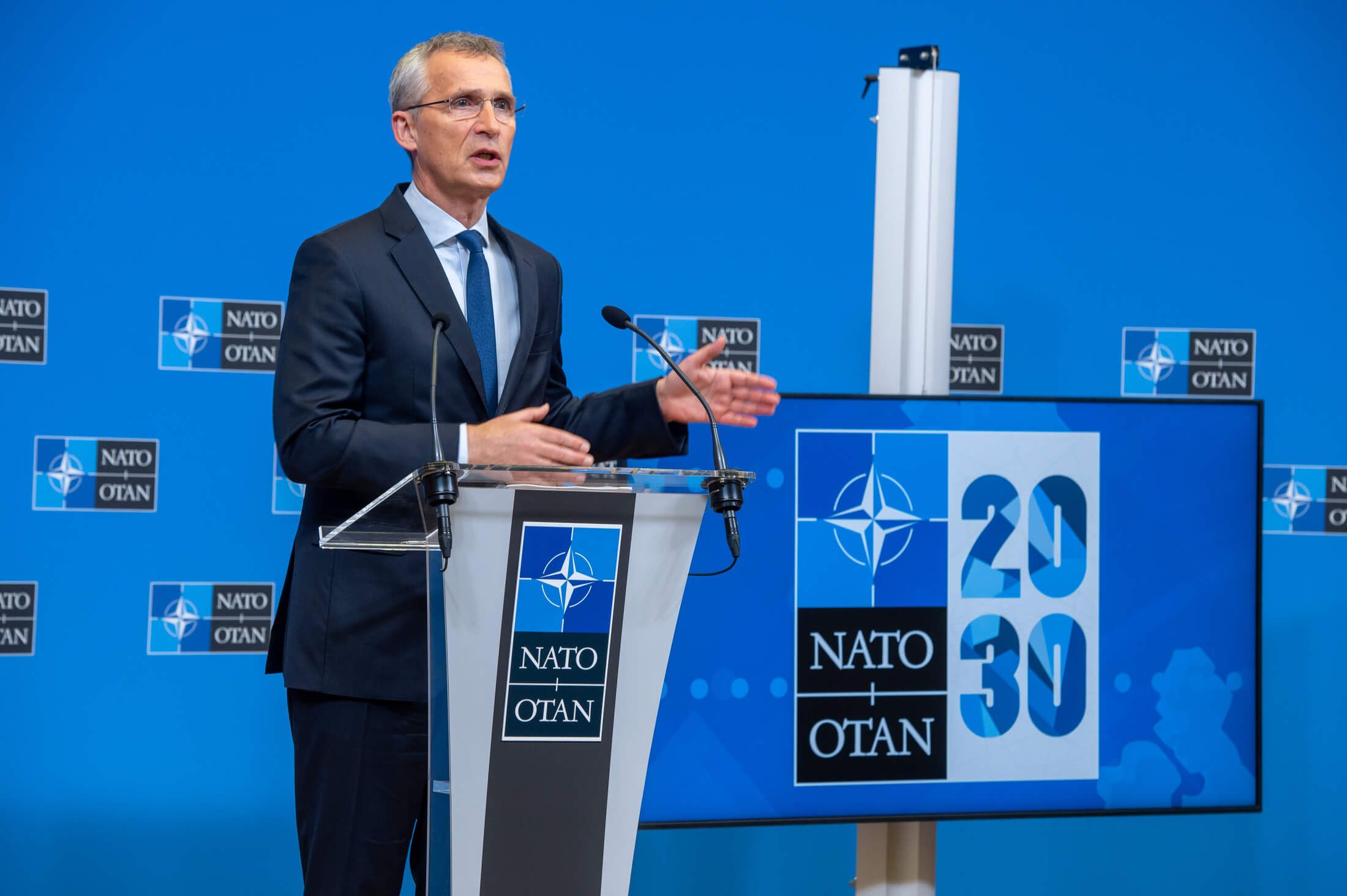“Never interrupt your enemy when he is making a mistake.” – Napoleon Bonaparte
Dear Readers,
I have followed the acquisition of 22 Airbus Tiger Armed Reconnaissance Helicopters (ARH) for the Australian Army since the initial order was announced at the end of 2001. The subsequent problems that were encountered over many years trying to bring the ARH fleet up to full operating capability (FOC) has been well documented.
The Australian Department of Defence 2016 White Paper first suggested that the ARH should be replaced in the 2020s. Airbus almost went into overdrive to fix the problems so that the Australian DoD and the Army would keep the ARH and invest in the latest upgrade. I wrote an article in Asian Military Review (July/August 2020) entitled ARH – Stick or Twist where I discussed the options. This article is now a finalist in the Rotorcraft category of the Aerospace Media Awards (https://asianmilitaryreview.com/2020/12/arh-stick-or-twist/).
However, the damage to the ARH’s standing had been done and it was not a surprise that on 15 January this year Minister for Defence Linda Reynolds confirmed that Boeing’s AH-64E Apache Guardian would be bought to replace the ARH from 2025 when the Airbus support contract is due to conclude. Last week the US State Department approved Australia’s request to buy 29 AH-64E Apaches in a $3.5 billion foreign military sales agreement.
Tying the Australian Army to the Apache, which Boeing is slated to support it in the US Army until around 2060 is a sensible option, particularly as Australian defence is also tracking the development programme of the US Future Attack Reconnaissance Aircraft (FARA), as well as the Future Long Range Assault Aircraft (FLRAA).
The Royal Australian Navy’s (RAN) acquisition of 24 Sikorsky MH-60R Seahawks and tie-in with the US Navy’s own development of the rotorcraft has provided the type of long life security that the Australian DoD has been looking for. The Apache order looks to repeat that experience.
Best to all,
Editor
QUIZ – WORLD WAR II MILITARY GLIDERS
Here are three military gliders used during World War II. No prizes as usual but answers at the bottom.
1)

2)

3)

NATO’S NINE-LINE OBJECTIVES SET FOR ALLIED LEADERS SUMMIT ON 14 JUNE

“Russia and China are leading an authoritarian push back against the rules-based international order,” said NATO Secretary General Jens Stoltenberg, speaking on 4 June during an online event co-hosted by NATO, the German Council on Foreign Relations, and the Brookings Institution.
“Russia continues its pattern of dangerous behaviour,” he added. In addition to Russia’s military build up “from the Arctic to Africa” there was also the continuing intimidation of its neighbours, the suppression of peaceful political opposition internally and the prosecution of cyber/hybrid attacks on NATO countries.
China was “asserting itself” globally although Stoltenberg stated that NATO did not see it as an adversary. However he noted that China now had the second largest defence budget in the world as well as the largest navy, and the impact of threats to China as well as the attempts to control international maritime areas such as the South China Sea (SCS). He listed China’s surveillance of their own people and subjugation of peaceful dissent and religious minorities [Uyghurs].
“Our security environment is more complex and contested than every before,” he warned, adding that an “ambitious NATO 2030 agenda even more relevant.
The key areas would be:
- The further strengthening of transatlantic consultations on issues such as Syria, Iran and the South China Sea and coordinate responses militarily, diplomatically and economically.
- Boost commitment to collective defence, including cyberspace and space.
- To develop alliance wide resilience objectives, the protect critical infrastructure and protect societies.
- Boost transatlantic innovation to sharpen the technological edge and prevent innovation gaps between allies. A transatlantic defence accelerator will be created to achieve this.
- Uphold the rules-based international order, and “encourage others to play be the rules.”
- Increase training and capacity building for NATO partners outside of the alliance.
- Climate change: global warming is seen as a crisis multiplier.
- Develop NATO’s next strategic concept and recommit to enduring values and purpose.
Invest more, even after seven years of increased defence spending. Increase NATO’s common funding budget, which is itself a force multiplier.
Stoltenberg was outlining NATO’s objectives going into the Summit of Allied Leaders on 14 June at NATO Headquarters in Brussels, Belgium.
BOOK REVIEW: BATTLEWORN – The Memoir of a Combat Medic in Afghanistan by Chantelle Taylor
Many a severely wounded soldier arrived at the hospital at Camp Bastion with a much improved chance of surviving their injuries, thanks to the intervention and skill of combat medical technicians out in the field. Such ‘medics’ were the first people with medical skills who could assess injuries and stabilise those who had just been delivered into their care – often in the field or in a patrol base (PB) and most likely under fire themselves.
Chantelle Taylor relives her experiences as a sergeant with B Company, 5th Battalion, Royal Regiment of Scotland, during their deployment in 2008 to Nadi-e Ali to establish a PB there. Although only 15 kilometres (10 miles) from the main British base at the provincial capital of Lashkar Gah in Helmand Province, all medical evacuations and most resupply was conducted by Royal Air Force (RAF) Chinook helicopters, especially those carrying the Medical Emergency Response Team (MERT) who transported casualties back to the Camp Bastion hospital.
Taylor narrates the challenges that she and her team of three medics faced in establishing and running medical support for the soldiers within, and patrolling from, the PB. She explains the casualty assessment procedure based on MARCH-P (Massive haemorrhage; Airway; Respiratory/chest; Circulation; Head injury/motor function/hypothermia; and Pain/environment/evacuation.
One of the central themes running throughout the book that Taylor defines well is the need for good communication with the base commander, quickly assessing the urgency of their injuries (Cat-A, Cat-B or Cat-C) which dictated how quickly the MERT helicopter was required, but in ensuring that all within the PB knew that the medical side was ‘swept up’ and ready to go again when called upon. Soldiers can put being a casualty themselves to the back of their mind when they know that people they trust are ready and able to take immediate action to take care of them if required.
I recommend this book to those who want to understand the realities of the medical support required by soldiers in isolated locations.
US MAJOR ARMS SALES (Defence Security Cooperation Agency – DSCA).
June 3, 2021 – Australia, AH-64E Apache Helicopters
The State Department has made a determination approving a possible Foreign Military Sale to the Government of Australia of AH-64E Apache Helicopters and related equipment for an estimated cost of $3.5 billion.
May 24, 2021 – Spain, Logistics Support for MQ-9A BLK 5 Aircraft.
The State Department has approved a possible Foreign Military Sale to the Government of Spain of Follow-on Contractor Logistics Support (CLS) for MQ-9A Blk 5 Aircraft and related equipment for an estimated cost of $110 million.
US GOVERNMENT CONTRACTS
Highlighting a selection of $100 million+ government awarded contracts awarded between 1-4 June 2021 and Foreign Military Sales contracts.
4 June
US NAVY
Dell Marketing is awarded a blanket purchase agreement (BPA) with an overall estimated value of $2.4 billion under the Department of Defense Enterprise Software Initiative (DOD ESI). This DOD Enterprise Software Agreement (ESA) will provide commercially available perpetual licenses, software assurance, user-based subscription licenses to include Microsoft 365, Microsoft Azure, and client access licenses among others. The ESA will be used by DOD and US Coast Guard Naval Information Warfare Center Pacific is the contracting activity.
Halter Marine received a $149 million modification contract for the detail design and construction of one oceanographic survey ship (T-AGS 67). The Naval Sea Systems Command is the contracting activity.
US AIR FORCE
Lockheed Martin has been awarded a $1 billion contract for Space Based Infrared Surveillance contractor logistics support. Space and Missile Systems Center is the contracting activity.
Tyonek Services Overhaul Facility has been awarded a ceiling $24 million IDIQ contract for Excess Defense Article (EDA) Regeneration for the Philippines Air Force. The estimated value of the first order is $4.7 million. The contractor will provide the Philippines Air Force with full C-130 EDA Regeneration to include program depot maintenance. This award is the result of a sole-source acquisition and is 100 percent Foreign Military Sales. Air Force Life Cycle Management Center is the contracting activity.
US ARMY
Lockheed Martin was awarded a $172 million modification contract for procurement of spare hardware in association with Phased Array Tracking Radar to Intercept on Target (PATRIOT) Advanced Capability (PAC-3) FY21 missiles and command and launch system. Fiscal 2019, 2020 and 2021 missile procurement, Army funds and 2020 Foreign Military Sales funds in the amount of $172 million were obligated at the time of the award. US Army Contracting Command is the contracting activity.
3 June
US ARMY
Oshkosh Defense was awarded a $942 million contract for procurement of the production, integration, engineering and logistical support, and fielding of Stryker Medium Caliber Weapon System vehicles. US Army Contracting Command is the contracting activity.
DEFENSE HEALTH AGENCY
Johns Hopkins Applied Physics Laboratory was awarded an IDIQ contract with a maximum of $100 million to maintain an essential research and engineering capability supporting long-term organisational performance improvement within the Military Health System (MHS); engagement with external stakeholders and supported military commands; advisory and assistance support on complex issues affecting strategic planning, resource allocation, and operational oversight of the MHS; and exploratory research and investigations in topics of interest to the MHS. The Defense Health Agency Professional Services Contracting Division is the contracting activity.
US NAVY
Lockheed Martin received a $53 million modification against a previously issued basic ordering agreement that increases the scope for procurement of various material and software required for the 30P06 capability upgrade to all fielded pilot and maintenance training systems in support of the F-35 program for the Air Force, Navy, Marine Corps, non-Department of Defense (DOD) participants, and Foreign Military Sales customers. The Naval Air Systems Command is the contracting activity.
Boeing received a $33 million contract to procure 53 distributed targeting processor-networked (DTP-N) B-kits; 44 DTP-N A1-kits; and 19 DTP-N A2 kits in support of DTP-N full-rate production to implement anti-surface warfare capability in the F/A-18E/F and EA-18G aircraft for the Navy and government of Australia. Fiscal 2021 aircraft procurement (Navy) funds in the amount of $ 21.7 million; and Foreign Military Sales funds in the amount of $11.3 million will be obligated at the time of award. The Naval Air Systems Command is the contracting activity.
2 June
DEFENSE INFORMATION SYSTEMS AGENCY
Comcast Government Services was awarded an IDIQ contract with a ceiling value of $102 million for the Commercial Ethernet Gateway Region 3 to provide mission partner access, via ethernet connections, to the Department of Defense Information Network and to enable the replacement of legacy, time division multiplexing-based circuits. The Defense Information Technology Contracting Organization is the contracting activity.
US ARMY
Integration Innovation was awarded an $8.3 million modification contract for technical support services for the Apache Attack Helicopter Project Manager’s Office. Fiscal 2021 Foreign Military Sales funds in the amount of $8.3 million were obligated at the time of the award. US Army Contracting Command is the contracting activity.
US NAVY
Lockheed Martin is awarded a $21.4 million modification order that increases the scope for nine engineering change proposals comprised of material kits and special test/tooling equipment necessary to support retrofit and modification efforts on F-35 Joint Strike Fighter aircraft for the Air Force, Navy, Marine Corps, non-Department of Defense (DOD) participants, and Foreign Military Sales (FMS) customers. The Naval Air Systems Command is the contracting activity.
1 June
US AIR FORCE
Learjet has been awarded a $464 million IDIQ contract for Battlefield Airborne Communications Node (BACN) Bombardier Global 6000 aircraft. This contract provides for the purchase of up to six Bombardier Global 6000 aircraft and completion work. Air Force Life Cycle Management Center is the contracting activity.
APEX Construction has been awarded a $225 million IDIQ contract for multidiscipline construction. The 23rd Contracting Squadron is the contracting activity.
DCS has been awarded a $11.3 million contract for the Agile Global Mobility (AGM) bridge contract. This contract provides continuous maintenance and development of its newly fielded, unit-level mission planning software to support real-world global flight operations for Air Mobility Command (AMC) aircraft (KC-46, KC-10, KC-135, C-130J, C-130J, C-130 AMP, C-17, and C-5) in support of US military missions as well as mission planning for Foreign Military Sales (FMS) variants of the AMC Aircraft. This contract involves FMS to United Arab Emirates, Australia, Canada, France, Germany, India, Iraq, Israel, Japan, the NATO Support and Procurement Agency (NSPA), Korea, Oman, Netherlands, Norway, New Zealand, Poland, Qatar, Saudi Arabia and the United Kingdom. Air Force Life Cycle Management Center is the contracting activity.
DEFENSE LOGISTICS AGENCY
Conveyor Handling ($150 million); Unity Technologies ($150 million); and Werres ($150 million) have each been an IDIQ contract for logistics modernisation integration support and material handling. The contracting activity is the Defense Logistics Agency Distribution.
US NAVY
RAMSys, Germany, is awarded a €17 million and $2.5 million order for fiscal 2021 rolling airframe missile (RAM) requirements. This order combines purchases for the government of Germany under cooperative program funds (89 percent); and the government of Egypt (11 percent) under the Foreign Military Sales (FMS) program. The Naval Sea Systems Command is the contracting activity.
US ARMY
IronMountain Solutions was awarded a $30.4 million modification contract for technical support for the Utility Helicopters Project Office. Fiscal 2010 and 2021 Foreign Military Sales; 2021 operation and maintenance, Army; 2019, 2020 and 2021 other procurement, Army; and 2021 research, development, test and evaluation, Army funds in the amount of $30.4 million were obligated at the time of the award. US Army Contracting Command is the contracting activity.
Lockheed Martin Global was awarded a $30.1 million contract for M1A2K Mobile Platoon Advanced Gunnery Training System and Tank Driver Trainer. Fiscal 2021 Foreign Military Sales funds in the amount of $30.1 million were obligated at the time of the award. US Army Contracting Command is the contracting activity.
EVENTS CONFIRMED
DSEI, London, 14-17 September, 2021
On 26 May Clarion Events announced that its biennial defence and security event, DSEI, will proceed as planned in September 2021 with a new digital offering running alongside the live exhibition.
The new digital offering gives registered participants a secure and regulated platform to build relationships, share knowledge and develop business. DSEI’s connection portal, MeetMe, enables users to view recommended contacts through its supply chain listings, identify networking opportunities and arrange secure online or in-person meetings at the event.
DSEI Connect will feature an exclusive series of live and on-demand presentations from international guests, including keynote speeches from military figureheads outlining pressing equipment requirements and opportunities, in addition to podcasts and exclusive interviews with senior government officials discussing key policies and strategies.
RESCHEDULED EVENT
No new updates.
QUIZ ANSWERS
1) The General Aircraft Hamilcar Mark I glider was a large British military glider produced during the Second World War. It could carry a Tetrarch light tank weighing 16,800lbs (7,600kg). They were only used three times during the war, in Normandy (D-Day), Holland (Market Garden) and the crossing of the Rhine River (Operation Varsity).
2) The Waco CG-4A was the most widely used United States troop/cargo military glider of World War II. It could carry crew/troops/cargo up to 4,197lbs (1,903kg). First used in the invasion of Sicily in 1943, they continued to be used in many theatres until the end of the war.
3) The German DFS230 was used throughout World War II, primarily by the German Luftwaffe. Its load carry capacity was around 2,600lbs (1,180kg) and played significant roles in the operations at Fort Eben-Emael (Belgium) the during the invasion of Crete.

Best wishes,
Andrew Drwiega
Editor-in-Chief
Armada International / Asian Military Review














